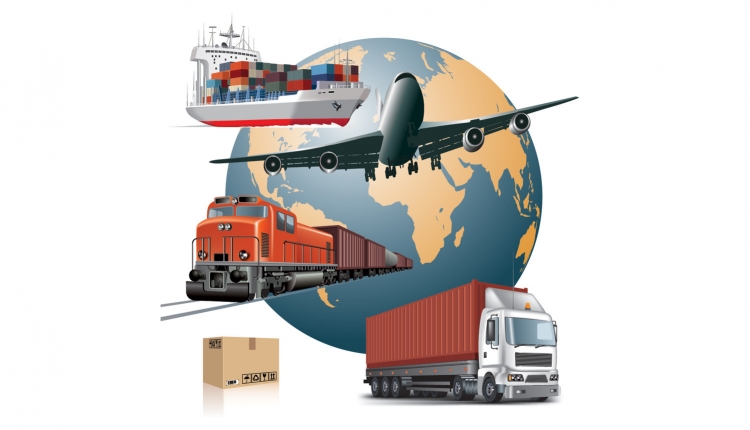This article is part of a three-part series on A Day in the Life of a Parcel. This first segment introduces a few game-changing innovations early in the parcel lifecycle. Subsequent articles will cover breakthroughs in the later lifecycle stages.
Of the many factors driving innovation in the world of e-commerce package and parcel supply chain and logistics, “speed” or “same-day delivery” has become the Holy Grail of modern-day Silk Road crusaders. For example, Amazon now offers its Amazon PRIME members free same-day delivery on orders of $35 or more in 27 major metropolitan areas throughout the United States. Members can place their orders by noon and have their package delivered to them by 9 p.m. the same day, even on Sunday.
This hope is fueled by a number of game-changing innovations creating new value in the economics of supply chain and logistics – innovations based on years of experience in printing, labeling, processing and delivering mail workflows operating at tens of thousands of pieces per hour.
But how does it all come together?
Controlled Chaos
The process starts when a consumer places an order for an item from an online merchant (Walmart.com, for example) that has customer-relationship-management and enterprise-resource-planning back-end systems in place to process the order, validate its identity, accept a payment, and trigger the fulfillment process.
But someone still has to put the order together.
Most pick-pack-ship distribution centers have human operators who are fed a line of items (many individual SKUs), insert the items – along with filler material – into pre-made packing boxes, and then glue or tape it shut. Even the best e-commerce players have told me firsthand that their operators complete an average of 75 boxes an hour, perhaps even fewer when the boss isn’t looking.
At our business, we have learned some lessons from our many years in the postal-automation business, and to me, the current pace of the pick-pack-and-ship operation is just not efficient enough.
Jerry DeRome, vice president and general manager of our mail-inserting and finishing business, often reminds me that in high-volume candy-bar production, manufactures don’t create a candy bar and then stuff it into a premade wrapper. Instead, they wrap film around candy bars at very high speed.
The concept of wrapping – as opposed to inserting – is a fascinating engineering phenomenon creating significant speed, efficiency and cost advantages in high-speed manufacturing. In fact, modern mail wrappers and enveloping machines use this process to create up to 40,000 personalized mailpieces an hour.
CMC Machinery out of Italy has developed an ingenious and award-winning packaging solution called CartonWrap. This system not only deals with labor automation and improving workflow speeds, but also eliminates filler material required in the traditional one-size-fits-all packaging operation, and helps to reduce dimensional weight (DIM weight) expenses.
Innovative technology like this not only dramatically increases productivity, but also helps reduce labor costs and saves space. Pre-made boxes will continue to exist for consumer packaging applications, but perhaps one day all high-volume distribution centers will move toward dynamic, custom packages that are efficiently created around the items being shipped.
In part two of this series, I will discuss innovations in package labeling and efficiency improvements for the carriers. Part three covers the last mile and return logistics.
Ramesh Ratan is CEO of Bell and Howell. He can be reached at Ramesh.Lakshmi-Ratan@bhemail.com.











